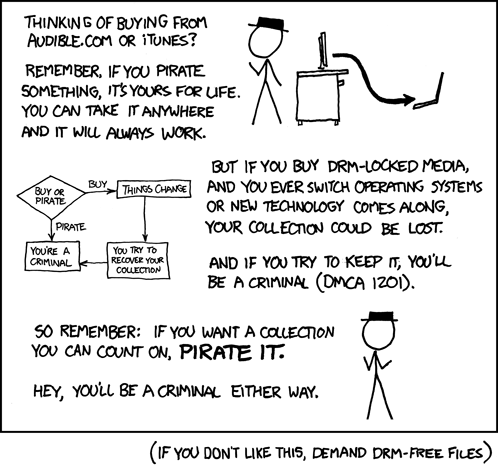The moderation
of online conversation is an issue that walks an extremely fine line, with the
ability to effectively censor offensive or inappropriate material but also
cause offense through obscuring such material. I find myself often leaning
towards the latter as an individual diametrically opposed to censorship in all
forms, but particularly online. I thoroughly enjoyed Couldry’s (2009)
exploration of ‘voice’ and the idea that it is imperative that the varying
voices of individuals not only be broadcast, but also heard. This is my key
objection to anything but the most basic forms of moderation online; I believe
that everyone has a right to have their say and that harsher forms of moderation
compulsorily enforce subjective views on what is offensive or inappropriate.
I frequent a
number of automotive forums, have played video games online since I was young
and am an active user of numerous social networking sites and through this
experience I have been made acutely aware of both the need for moderators and
the ways in which their power can be abused. While basic editing or removal of
posts that are intended to cause controversy can keep conversation on track,
the ability to perform such actions can easily be abused. This is where the
point I made during this weeks tutorial is based; that I believe in allowing
users to self-moderate through an open forum where individuals can make their
point and rebut others. If something is deemed offensive don’t remove it, allow
those who are offended to articulate what it is that offends them and debate
the validity of the material. Of course whenever someone tries to raise a view
such as this, extreme examples such as child pornography are used to dismiss it
but one has to remember how slippery the censorship slope can be.
References:
Couldry, N 2009,
‘Rethinking the politics of voice’, Continuum:
Journal of Media & Cultural Studies, vol.23, no.4, pp.579-582
